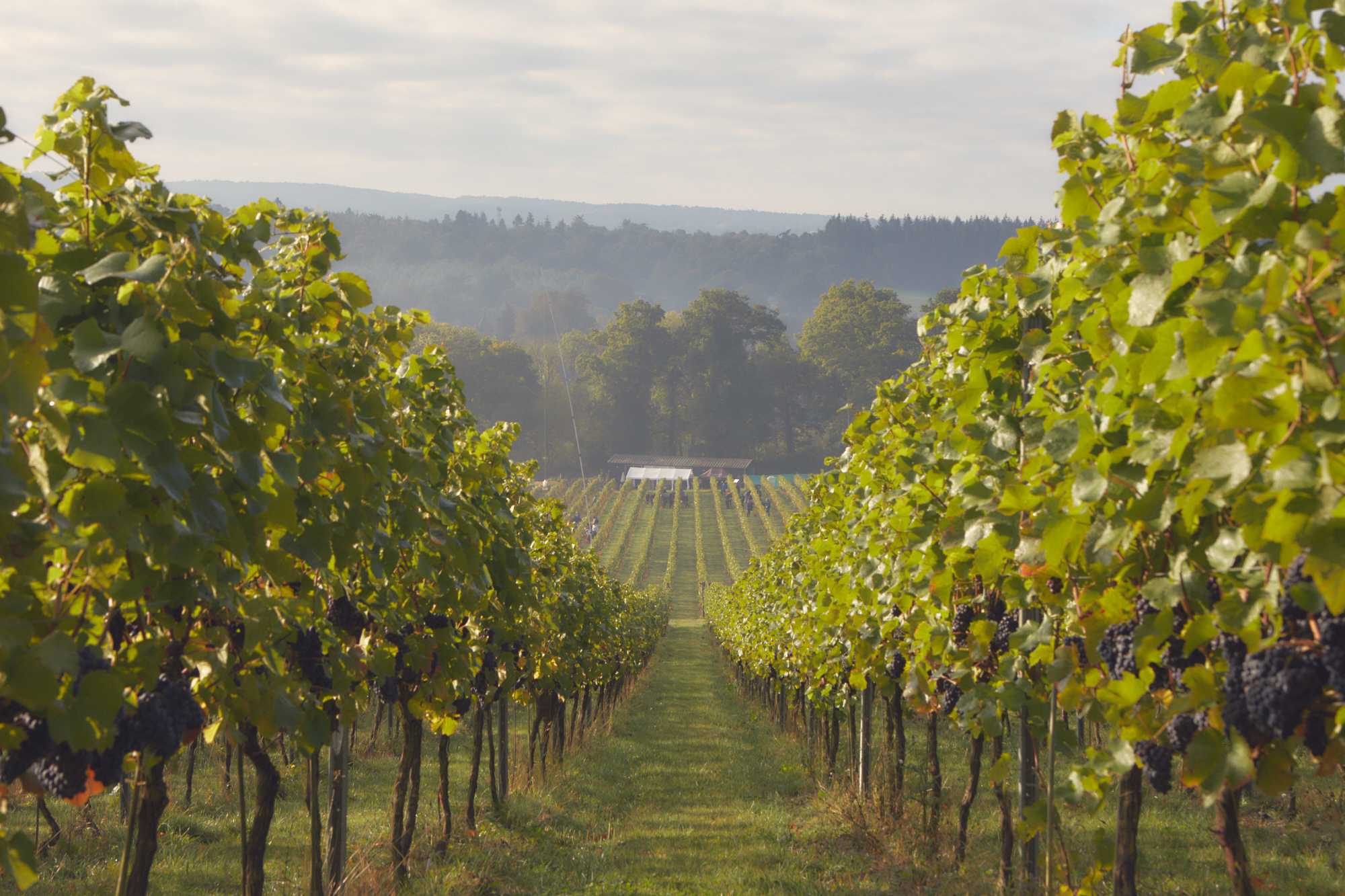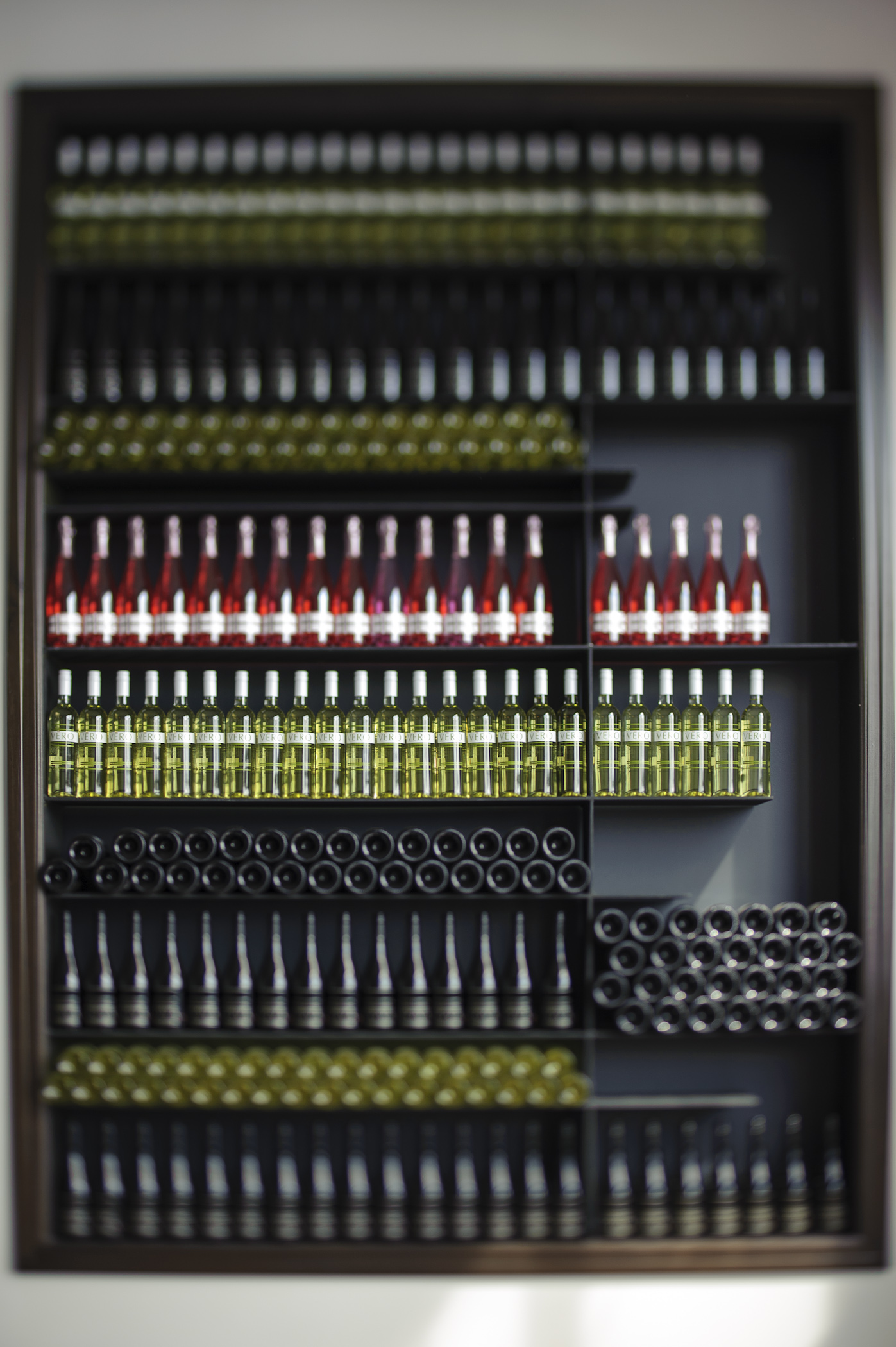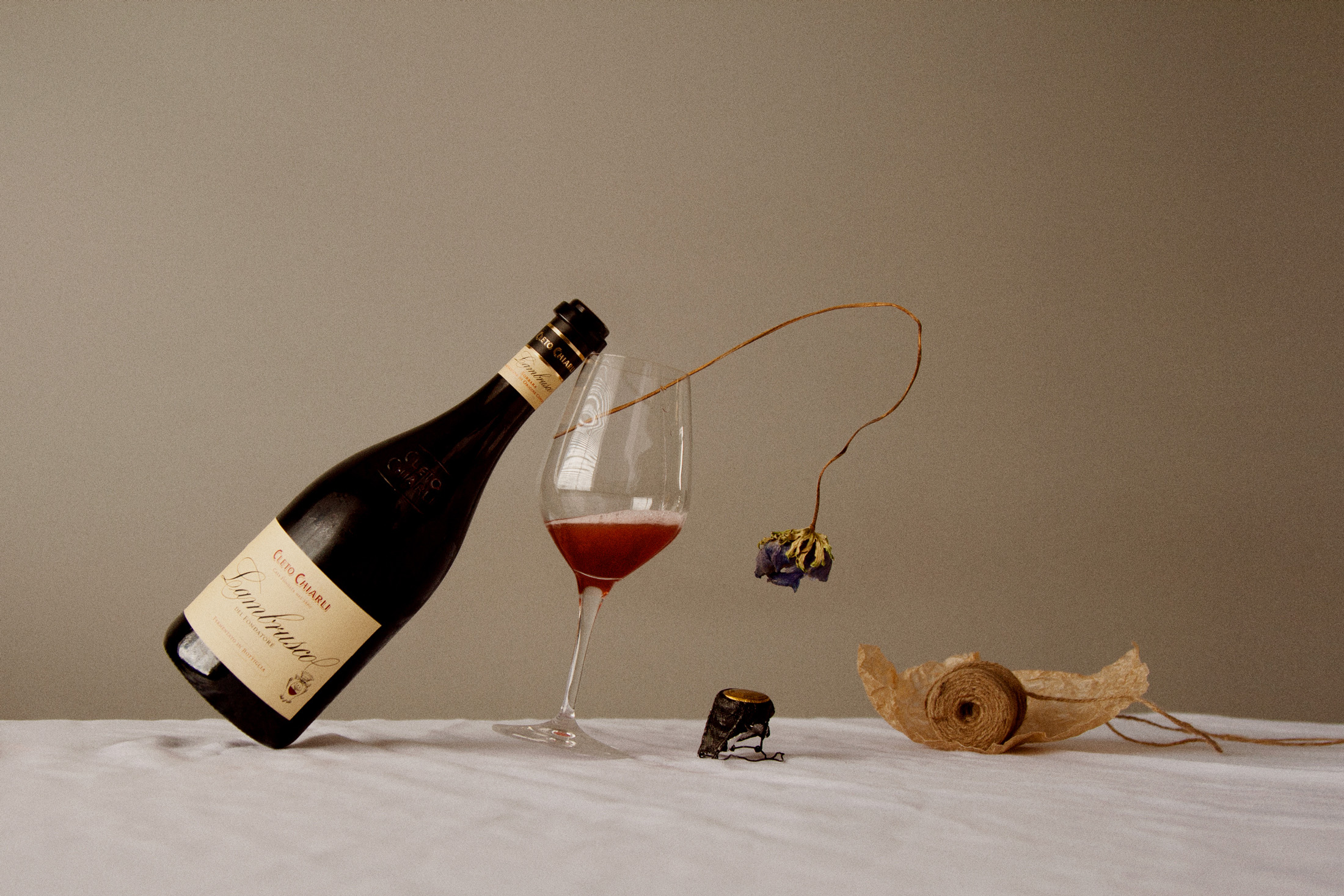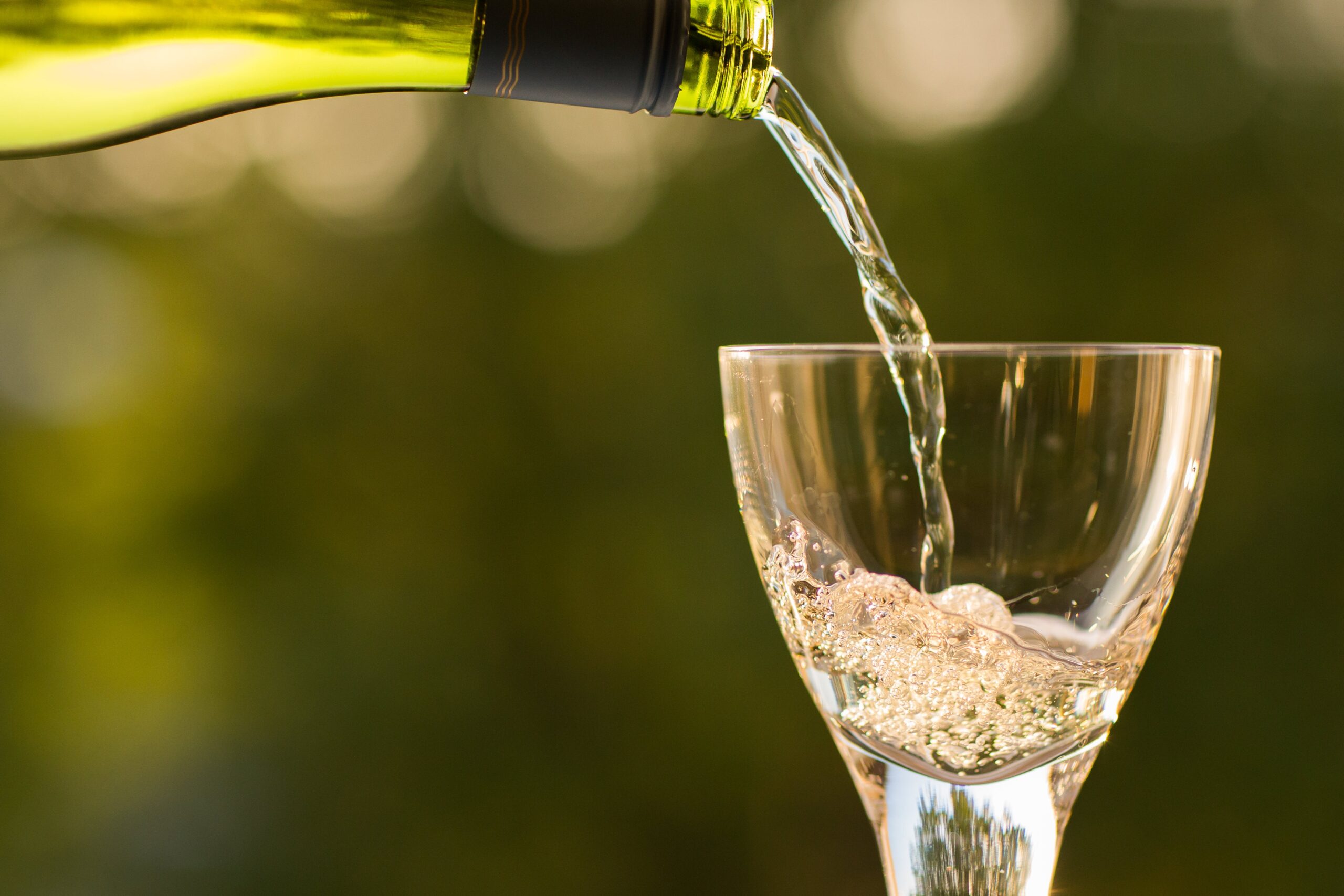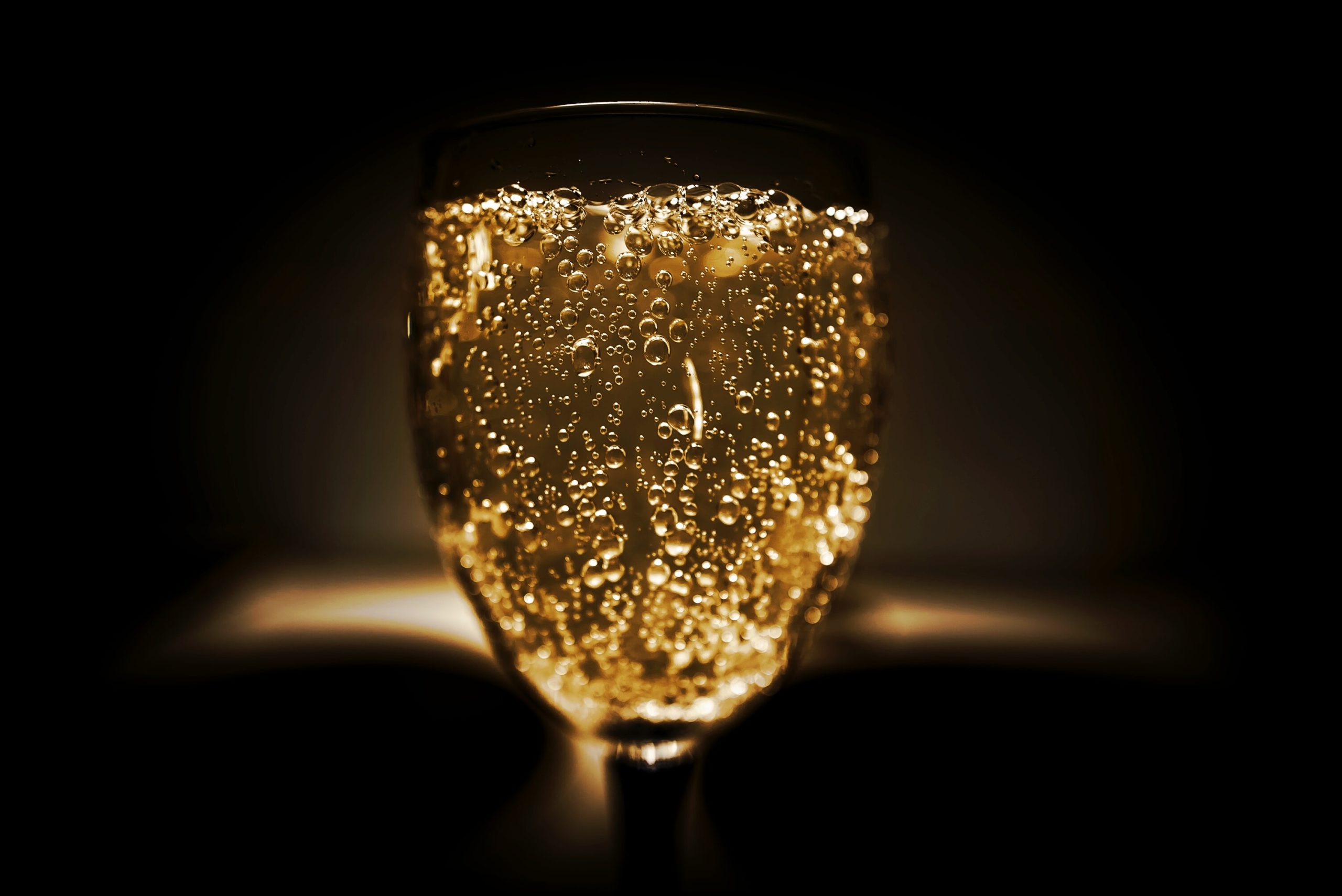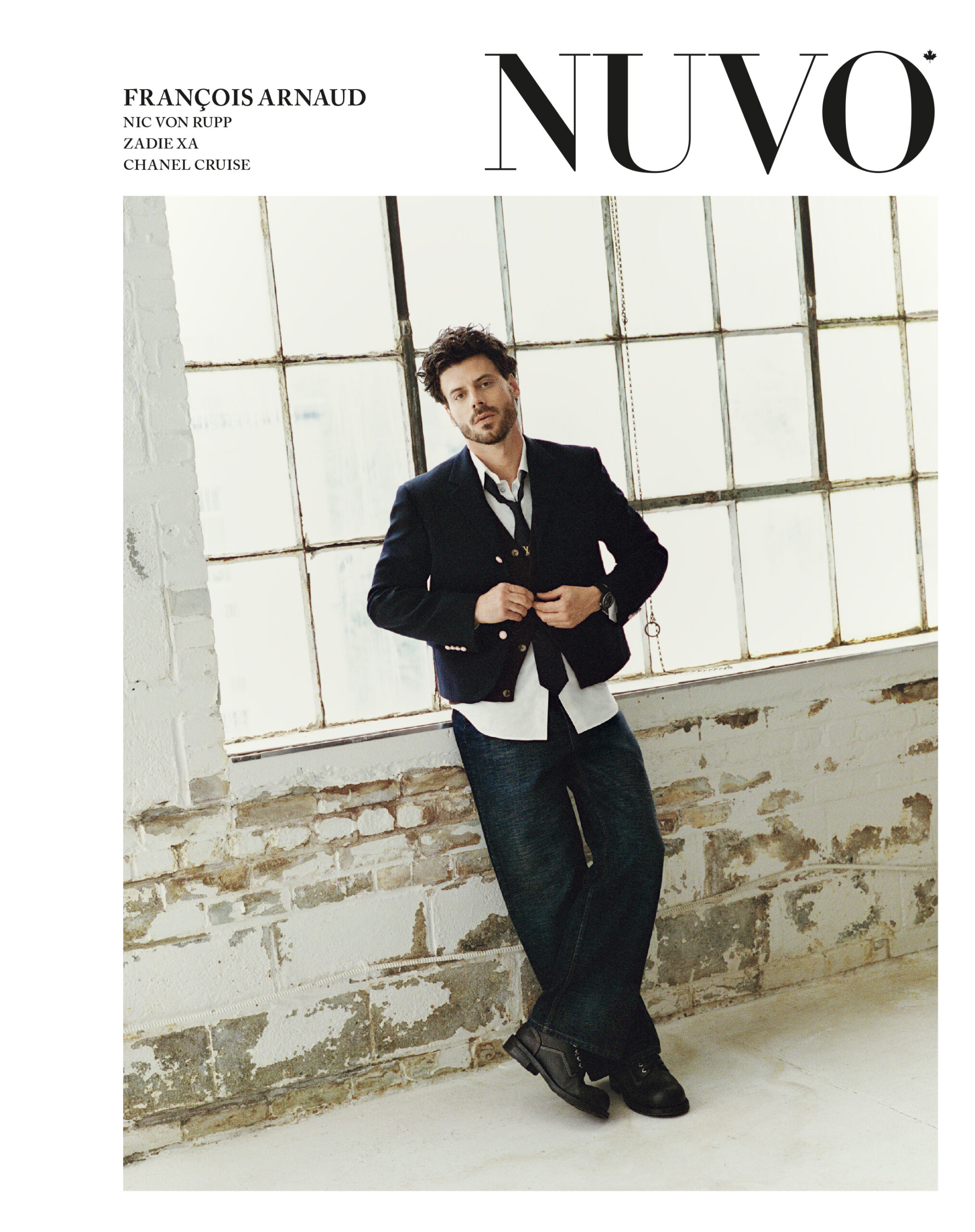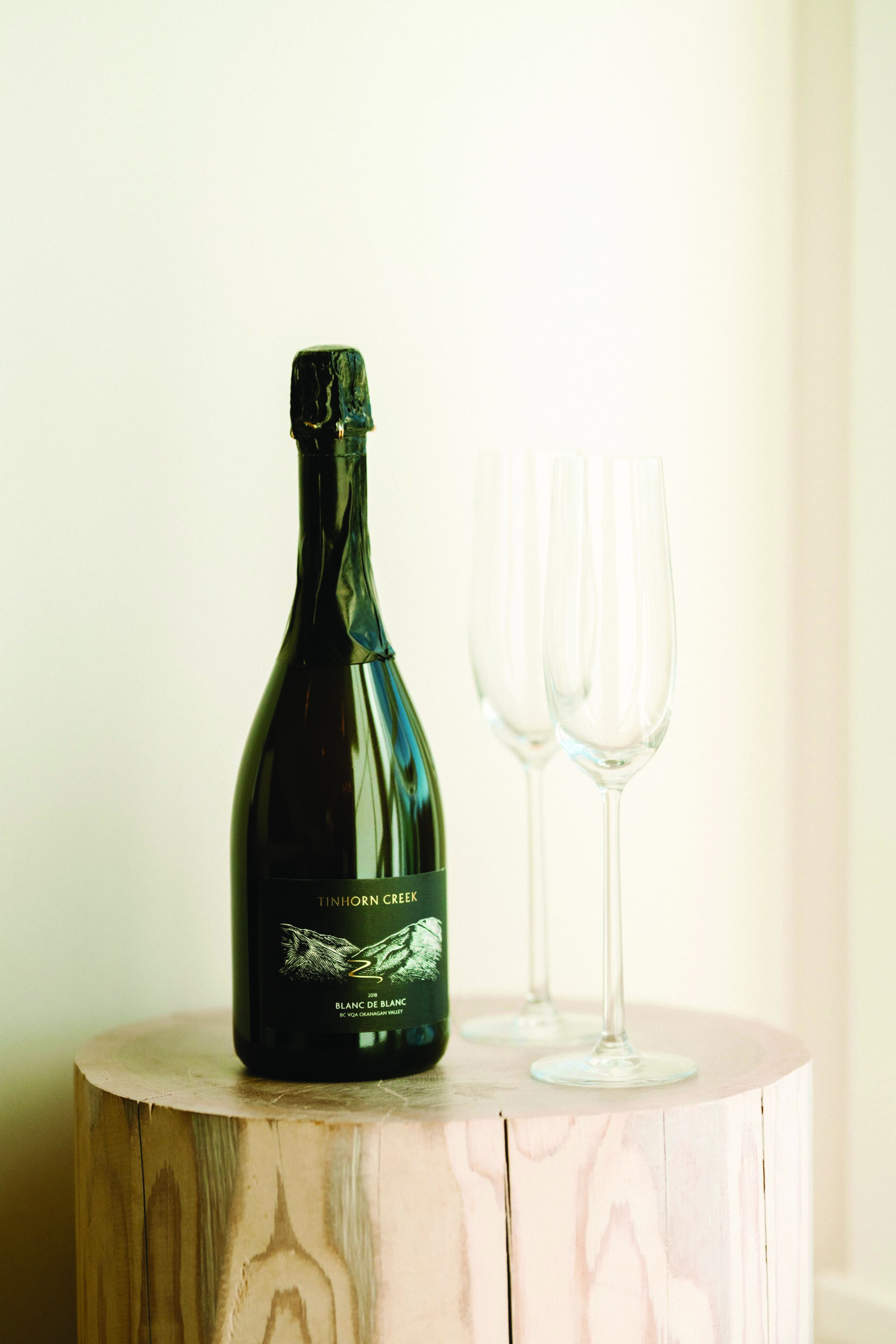
Bar Cart: Tinhorn Creek Blanc de Blanc 2018
A Canadian champagne dupe.
The Okanagan Valley’s Tinhorn Creek winery may be roughly 8,000 kilometres away from Champagne, but its Blanc de Blanc from the 2018 vintage might convert even the most ardent champagne drinker to a different bubbly.


